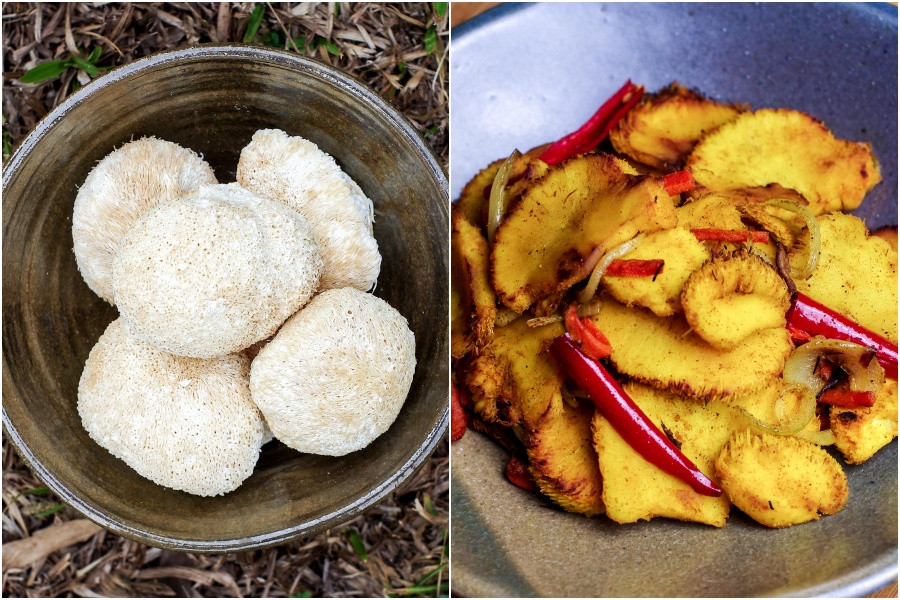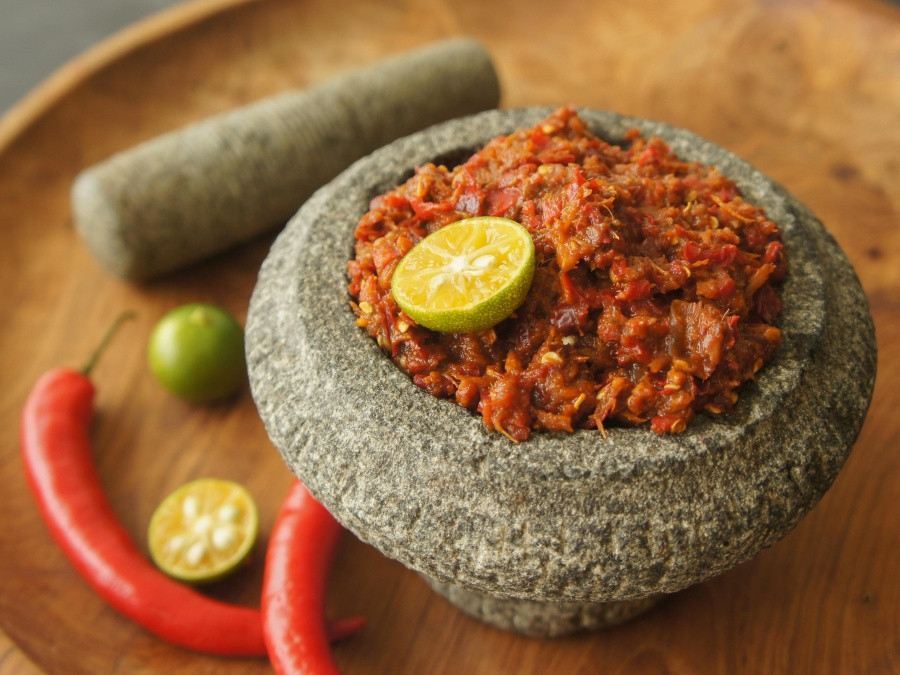Vegan substitutes for a Malay kitchen
by Amira Aminuddin25 Feb 2021
Daging kunyit without the daging? Ayam masak merah without the ayam? Yes, it can be done, and done deliciously.
As a vegan of three years and counting, I haven’t just been surviving on spinach with sesame dressing. When it comes to cooking Malay food, being a vegan is not as bad as it may seem. For starters, many common ingredients in Malay cooking are already vegan: the abundant aromatics, the standard base of alliums, the abundant spices – even the coconut milk. But if you’re struggling to replace meat or even belacan, we have a few ideas on how to ‘veganise’ them.
Beef
If you want to cut down on meat, try replacing beef with lion’s mane mushrooms or shiitake stems. Both have the perfect chewy, fibrous texture of meat when cooked. Take note that lion’s mane mushrooms are often sold dried, which means you will have to rehydrate them by soaking for an hour or two in hot water, and then squeeze out all the excess water before cooking. It builds on prep time, but it’s worth it. You can make vegan rendang and ‘daging’ kunyit with either of these mushrooms. Pro tip: If you’re in KL, you can find frozen marinated shiitake stems at Sala Vegan Restaurant.
Chicken
When prepared and cooked the right way, firm tofu can resemble the texture of chicken. You’ll want to drain out all the excess moisture, so press the tofu down with a heavy item (like a book) for 30 minutes, freeze it overnight, and then allow it to thaw before cooking. Then marinate your tofu and proceed with your ayam masak merah sans ayam.
Belacan
Make your own vegan belacan by using dried wakame to mimic the taste of shrimp. Like many sea vegetables, wakame has a salty, umami flavour. I personally like this vegan sambal belacan recipe from Malaysian raw vegan chef Chef Yin. She uses fresh and dried chilies, wakame, soy sauce, lemongrass, sugar, galangal and garlic to get that punchy belacan flavour.
Budu
Anchovies are the main star of budu, but they can easily be replaced by combining nori, miso paste and shiitake mushroom powder. These ingredients come together to replicate budu’s fishy, funky flavour. You won’t quite achieve the exact flavour of budu, but this vegan fish sauce recipe comes pretty damn close.
Evaporated or condensed milk
Both evaporated and condensed milk are really easy to recreate at home using plant-based alternatives. To make evaporated milk, substitute cow’s milk with any plant-based milk of your choice such as almond or soy. In a large saucepan over medium high heat, simmer 6 cups of milk until you’ve reduced the volume by 60%. Whisk frequently to avoid scorching and make sure the milk doesn’t come to a boil; you may lower the heat as the mixture reduces.
Similarly to evaporated milk, the process to make condensed milk is the same, but with the addition of a cup of sugar and a teaspoon of salt after the milk has been reduced. The process for both types of milk can take up to two hours, and the milk can be stored for up to two weeks.
**
Amira Aminuddin is a vegan home cook based in Kuala Lumpur.
Read next
Vangi bhath (Eggplant & lentil spiced rice)
Eggplants + spices + rice = perfection

Jollof rice
Deeply flavourful tomato rice

Can the Milo truck recipe be recreated at home?
Shaken, not stirred






